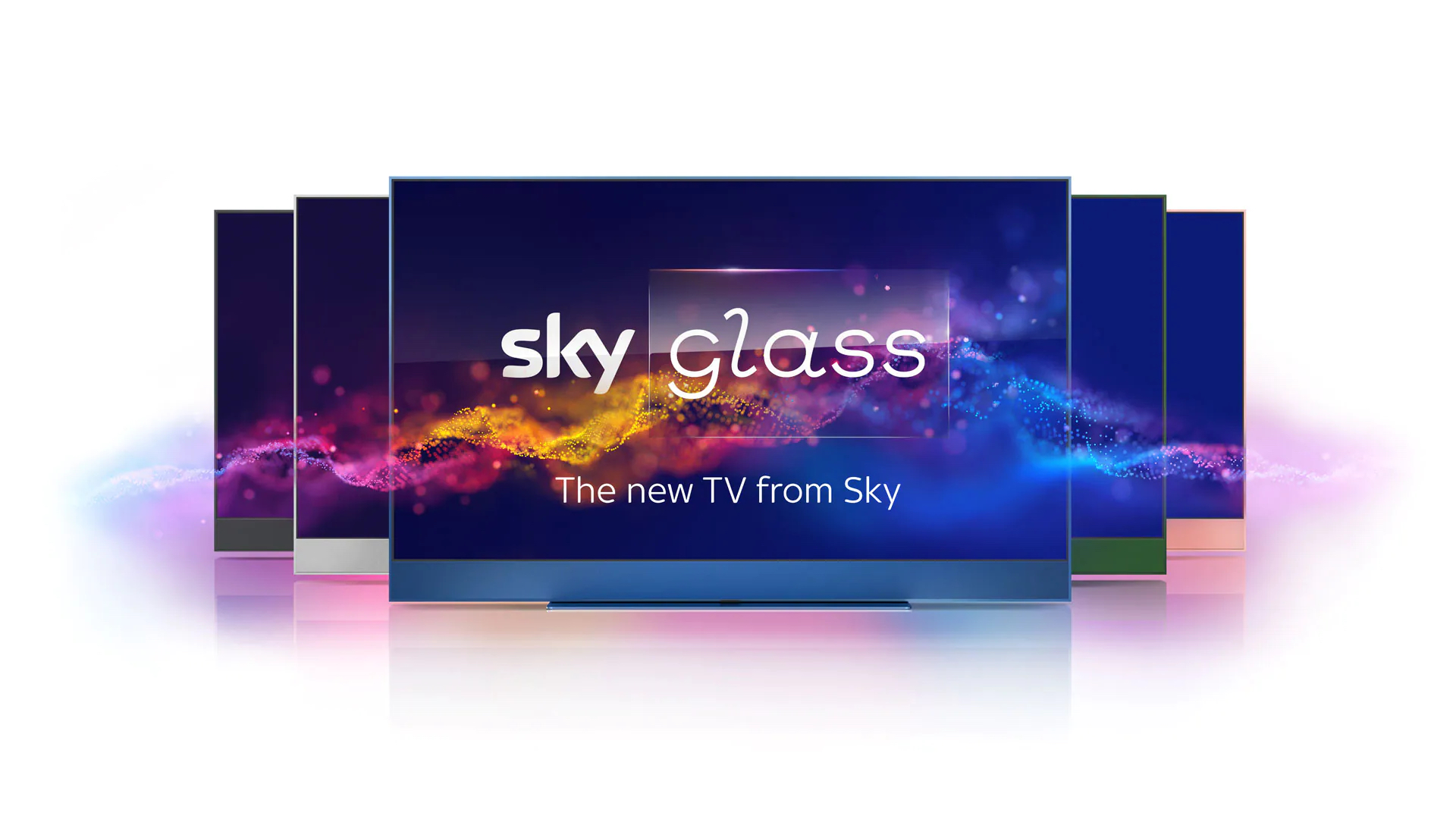Replacing STBs with Smart TVs: the pay TV options
In the first of a series of regular monthly columns for DTVE, video industry journalist John Moulding takes an in-depth look at TV operators’ CPE strategies.
 The industry has been talking about the demise of set-top boxes for over a decade, but they remain the bedrock of pay TV because they give operators the ability to become the default application where viewers start and end their entertainment experience, via HDMI1. Finally, there are viable options to maintain that prominence with just a Smart TV, but they are not easy solutions.
The industry has been talking about the demise of set-top boxes for over a decade, but they remain the bedrock of pay TV because they give operators the ability to become the default application where viewers start and end their entertainment experience, via HDMI1. Finally, there are viable options to maintain that prominence with just a Smart TV, but they are not easy solutions.
Sky Glass is a brilliant, bold innovation – who would have predicted five years ago that a Pay TV operator would private-label and sell its own television sets? It took a company with the scale of the Comcast/Sky group to dare, competing on display hardware with global CE manufacturers like Samsung and LG.
In its consumer and trade messaging, Sky focused on the need to reimagine and dramatically simplify the TV user experience after an explosion of streaming services, including direct-to-consumer studio services, left viewers jumping in and out of apps. There was a strong story about value for money hardware, too – the televisions sets are well equipped for their price.
Sky has never publicly or privately focused on one of the biggest benefits Sky Glass brings to the company: its position as the default UX application that fires up when you turn on the television. Nobody stands between the consumer and Sky.
Given the increasingly sophisticated user experiences, and ever-larger FAST offerings, from established Smart TV makers (and the certainty that high-level UXs are going to proliferate into budget television brands), this is reason enough for a pay TV operator to ‘make’ its own televisions.
Deutsche Telekom is tracking the success of Sky Glass with interest and has been frank about the importance of being the first screen its subscribers see. Pedro Bandeira, vice-president product and new business at the German telco and pay TV provider, gave a tell-all presentation earlier this year making it clear that the aggregation battleground is moving to the glass now, and acknowledged how Smart TV manufacturers are raising the UX bar.
In order to remain the first screen that subscribers see, Deutsche Telekom is looking at three options:
- Private-label and market their own television sets like Sky.
- Strike a deal with Smart TV OEMs that enables the pay TV operator to become the default application where consumers always start and end their content journeys.
- Keep shipping set-top boxes.
The one model that is off the table, for the long-term, is pay TV as an app-among-apps – where the operator is just another icon for consumers to select. Out of the two acceptable STB-less options, DT prefers deals with television OEMs.
There is no easy option for pay TV operators that want to remove set-top boxes but remain the default application and home screen. Smart TV manufacturers are looking for recurring, post-sale revenue from services, and that is achieved via an OS/UX that supports content promotion within discovery and recommendation pages, and potential revenue share deals with streaming channels (e.g., FASTs) around advertising.
Those recurring revenues rely on one thing above everything else: attention. Television set OEMs will have to figure out how much attention they could lose from their UX and what that is worth to them (including when the OS/UX comes from a partner).
There are precedents for a pay TV application to rule over everything else on a television set that the pay TV operator is not developing themselves and paying for. Claro Colombia has become the default UX on Samsung television sets in its home market without the need for STBs or any other external hardware, with its Claro tv+ service. Vietnam’s VTVcab is also using Samsung Smart TVs as a virtual set-top box. Both those operators are using the TVkey Cloud solution developed jointly by Samsung and Nagra.
If opting for the ‘build-your-own-TV’ approach, the go-to-market retail strategy is a big consideration. Sky treats its Sky Glass Smart TVs like a mobile phone – you have a hardware contract alongside a content contract, unless you want to buy the device upfront.
Pay TV providers who are also mobile operators are best placed for that model. There is another good example of the television-treated-like-a-phone model in a different scenario, in Cyprus, where Cyta (a telco and pay TV provider) uses its mobile operator and retail network experience to offer televisions on a 24 monthly instalment payment plan.
That is where the parallels with Sky end. Cyta has not developed its own television, but offers third-party Smart TVs to encourage uptake of its connected TV app that lives on them, but as an app-among-apps where the television maker’s UI is the default home screen.
Cyta wants to reduce its reliance on set-top boxes, but its market size limits its direct-to-TV options. The pay TV majors have big decisions to make on the future of STBs and their use of Smart TVs. Smaller operators also need to maintain their prominence, but with less resource and leverage.




